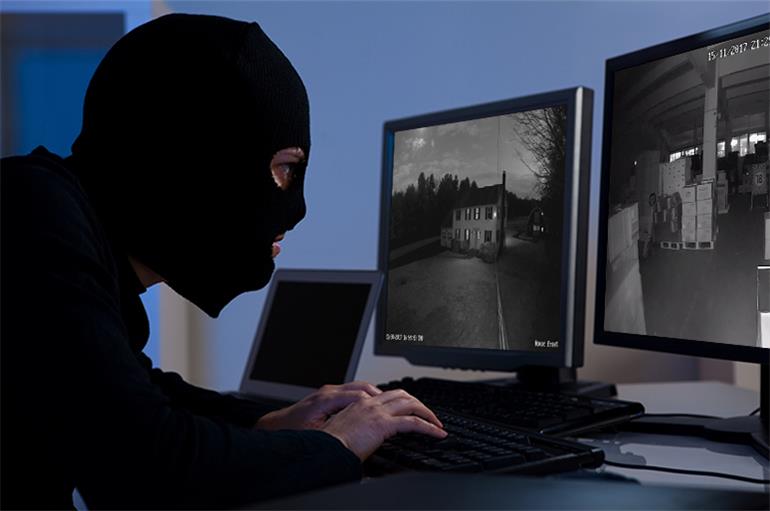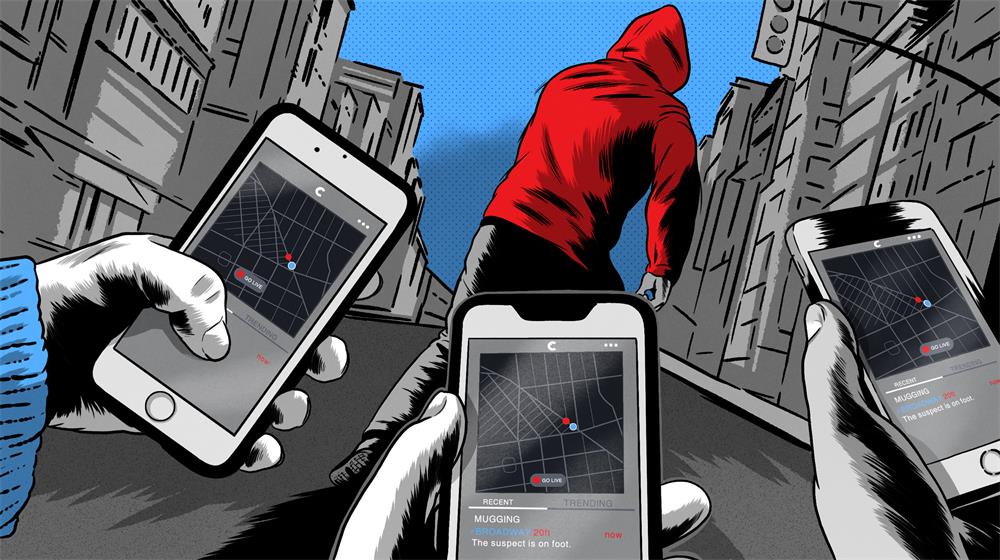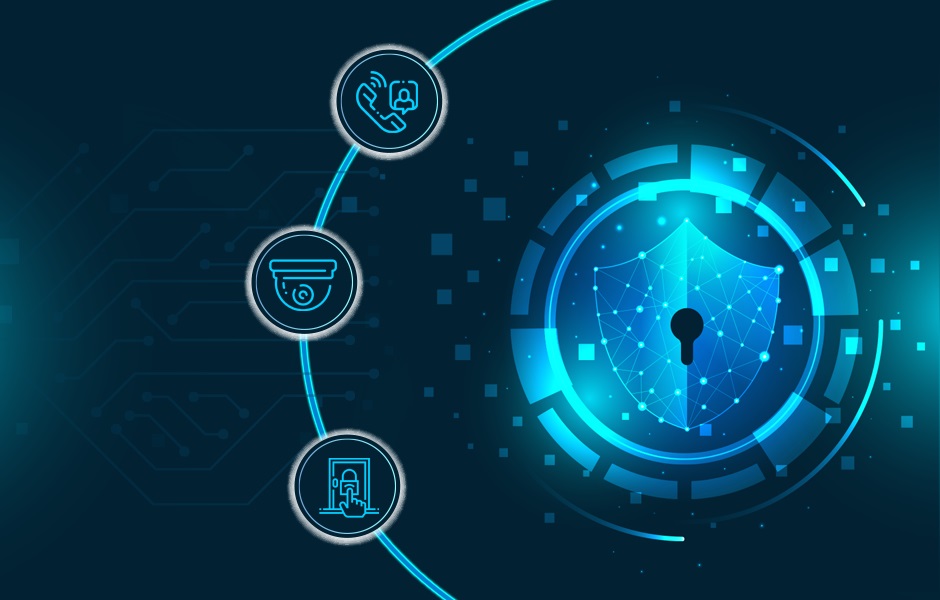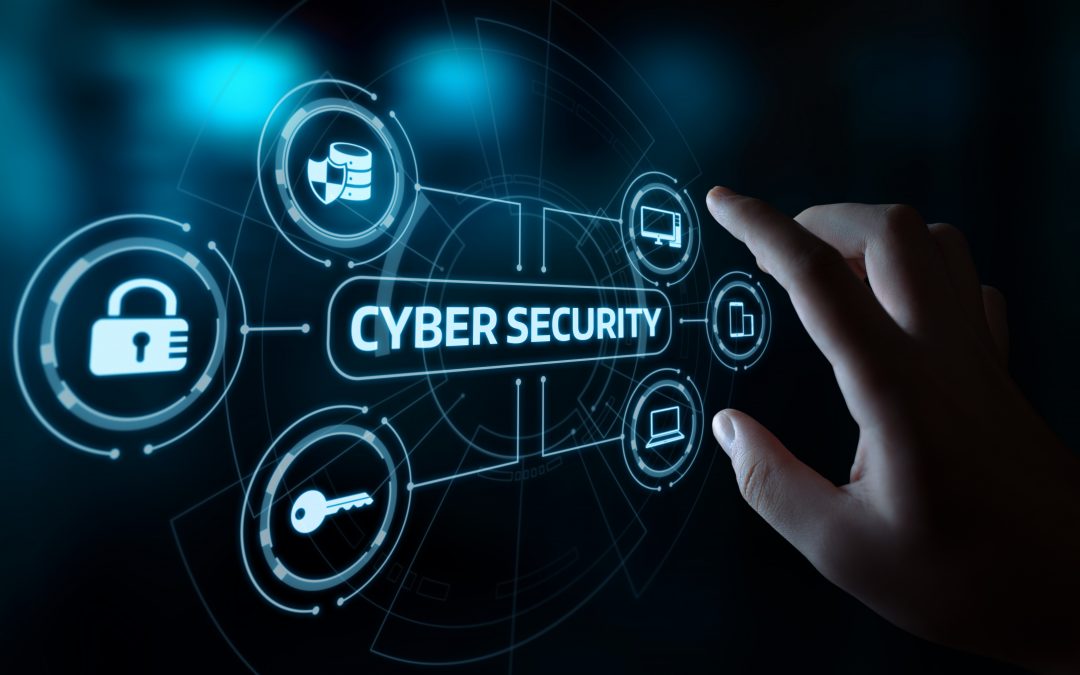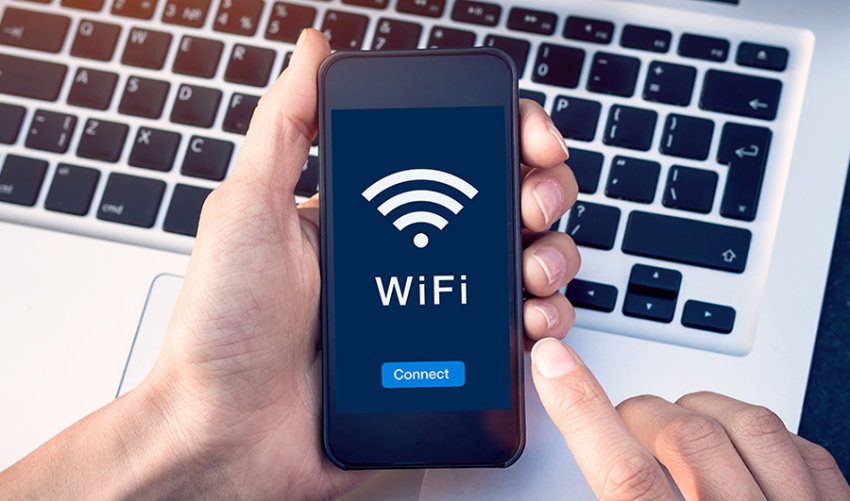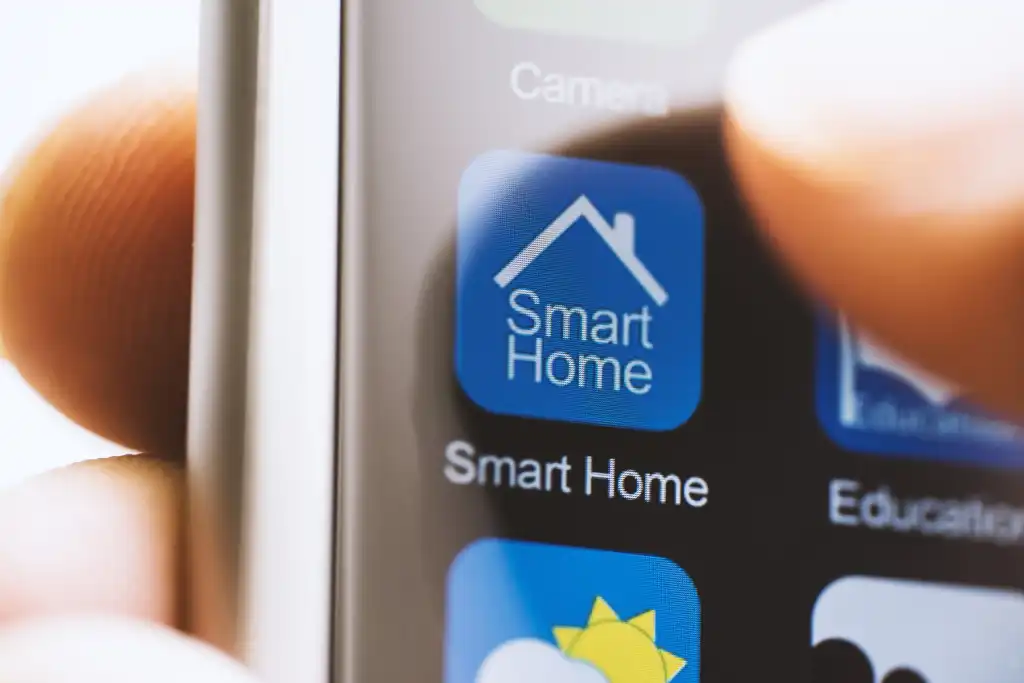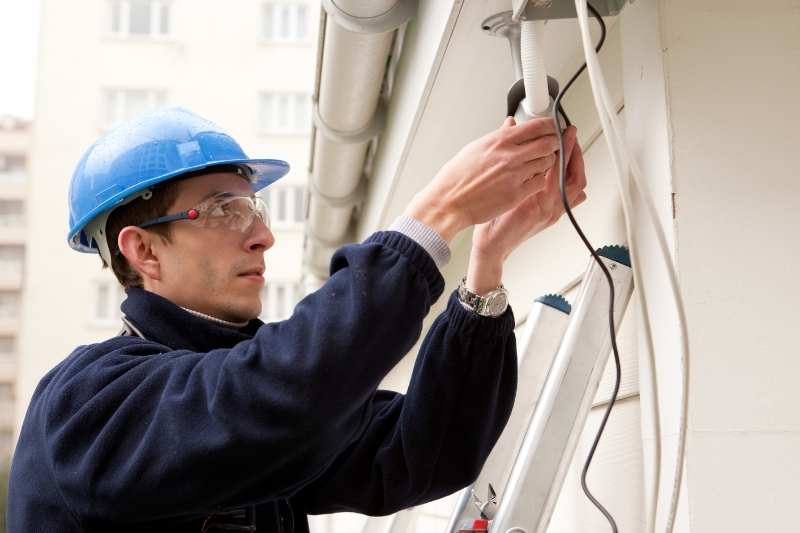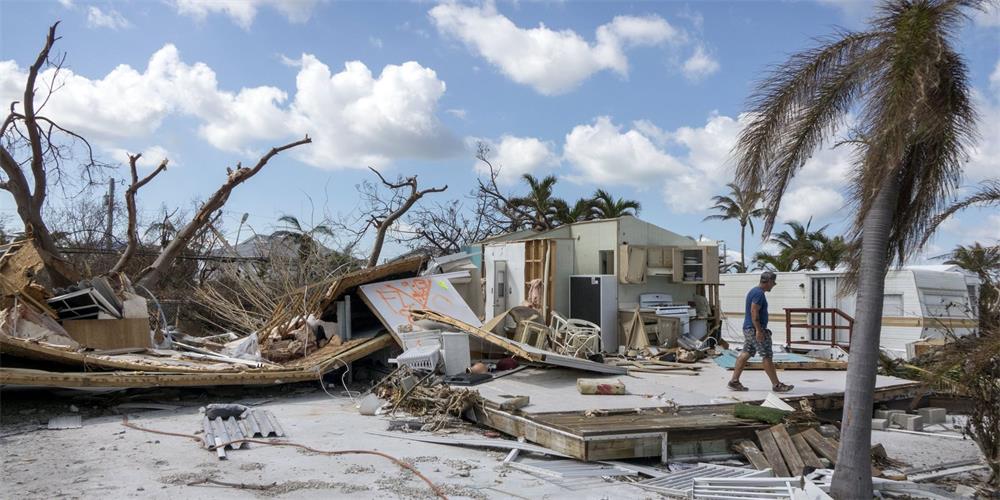Contents
The Importance of Security Cameras
Security cameras are one of the most essential tools for ensuring safety and security in both residential and commercial settings. With the advent of advanced technology, these devices have become more accessible and more affordable than ever before. They offer constant monitoring, recording, and live viewing capabilities that provide peace of mind to businesses and homeowners alike.
Security cameras can help prevent theft, vandalism, and other crimes from taking place by acting as a deterrent or by providing evidence to authorities after an incident has occurred. They can also be used to monitor employees or contractors on a job site for compliance with safety protocols or work performance.
Hacking Attempts on Security Cameras
Despite their numerous benefits, security cameras are vulnerable to hacking attempts. In recent years, there has been a significant increase in the number of hackers attempting to gain unauthorized access to security camera systems. This can result in privacy breaches, information theft, and even physical harm if the camera is connected to an automated system that controls locks or other critical components.
Hackers may attempt to exploit vulnerabilities in the camera’s firmware or software by using brute force attacks or social engineering tactics. They may also take advantage of weak passwords or outdated software/firmware that has not been updated with security patches.
It’s important for businesses and homeowners alike to take proactive measures to prevent hacking attempts on their security camera systems. By staying informed about the latest threats and implementing best practices for security maintenance, you can avoid becoming a victim of hacking attempts and keep your property safe at all times.
How to Prevent Hacking Attempts
Use Strong Passwords and Change Them Regularly
One of the most important things you can do to prevent hacking attempts on your security cameras is to use strong passwords. Avoid using common words, phrases, or numbers that are easy to guess.
Instead, create a unique and complex password consisting of lowercase and uppercase letters, numbers, and special characters. Additionally, it’s important to change your passwords regularly – ideally every 30 days – to reduce the risk of a hacker obtaining it through brute force or other methods.
Keep Software/Firmware Up to Date
Another way to prevent hacking attempts on your security cameras is by keeping the software/firmware up to date. Manufacturers regularly release updates that address security vulnerabilities and improve camera performance. Failing to update your camera software/firmware can leave you vulnerable to new threats that hackers may exploit.
Disable Remote Access When Not in Use
Remote access allows you to check your camera feed from anywhere with an internet connection. However, leaving remote access enabled when not in use can make it easier for hackers to gain unauthorized access. If you don’t need remote access all the time, disable it when not in use.
Use a Virtual Private Network (VPN) for Remote Access
If remote access is essential for your needs, consider using a virtual private network (VPN). A VPN encrypts all data transmitted between your device and the camera network, making it more difficult for hackers who may intercept data during transmission.
Enable Two-Factor Authentication
Two-factor authentication adds an extra layer of security beyond just passwords. In addition to entering a username/password combination, two-factor authentication requires users enter an additional code sent either via SMS or generated by an app such as Google Authenticator before granting access. This makes it much more difficult for a hacker to gain access even if they have your password.
How to Detect Hacking Attempts
As we mentioned earlier, even with all the preventative measures in place, there is still a chance that your security cameras could be hacked. Therefore, it is essential to know how to detect any attempts made by hackers so that you can take action immediately.
Monitor network traffic for unusual activity
One of the most effective ways of detecting hacking attempts on your security cameras is by monitoring your network traffic. This means regularly reviewing data packets moving between devices in your network because any attempt to access or control your cameras will likely show up as a change in network traffic. You can use various tools such as Wireshark and Microsoft Message Analyzer to track network activity on a PC or Mac computer.
These tools allow you to view and analyze data packets, identify any unusual activity and trace it back to its source. Once you spot anything suspicious, take steps immediately to prevent further unauthorized access.
Review camera logs for unauthorized access attempts
Another way of detecting hacking attempts on your security cameras is by examining camera logs for unauthorized access attempts. Most modern security cameras have log files that capture every action taken by the device and these can provide valuable information about attempted hacks. When reviewing these logs, look out for any entries that indicate someone tried to log in using incorrect credentials or accessed the camera during an unusual time of day when nobody should be able to do so.
Look out for camera malfunctions or changes in settings
It’s also important that you keep an eye on any changes made to the settings of your security cameras. If you notice that some settings have been changed without your knowledge or permission, it could be an indication that someone has gained unauthorized access.
Additionally, if a camera begins malfunctioning – perhaps stops recording altogether – it could also be a sign of tampering with its software. In such a case, it’s best to disconnect the camera from the network immediately and investigate further.
Taking Action and Reporting Suspicious Activity
Detecting hacking attempts on your security cameras requires constant vigilance. By monitoring network traffic, reviewing camera logs, and keeping an eye out for changes in settings or malfunctions – you can quickly spot attempts to hack into your system. If you detect any suspicious activity, take action immediately by disconnecting the affected device from the network.
You should also report any suspicious activity to your IT department or IT security personnel and keep them informed of any developments so they can take appropriate action as well. Remember, prevention is always better than cure when it comes to securing your network!
Common Techniques Used by Hackers
Brute Force Attacks: Cracking Passwords with Persistence
One of the most common techniques used by hackers to gain access to security cameras is brute force attacks. This method involves attempting to guess a user’s password by systematically trying every possible combination until they find the correct one.
This can be done manually or through automated software. To prevent these attacks, it is important to use complex passwords that are difficult for hackers to guess.
Passwords should be at least 8 characters long and include a mix of upper and lower case letters, numbers, and symbols. It is also important to avoid using the same password across multiple accounts.
Another way to prevent brute force attacks is by setting up account lockouts after a certain number of failed login attempts. This will prevent the hacker from continuing their attempts and give you time to block their IP address.
Exploiting Vulnerabilities in Outdated Software/Firmware: Finding Weaknesses in Security Systems
Hackers often target security cameras that are running outdated software or firmware because these systems may have known vulnerabilities that they can exploit. Once they gain access, they may be able to take control of the camera or even use it as a gateway into your network.
To prevent this type of attack, it is important to keep your software and firmware up-to-date with the latest security patches. Regularly check for updates on your camera manufacturer’s website or set up automatic updates if possible.
It is also important to regularly scan your network for vulnerabilities using tools like vulnerability scanners or penetration testing services. These tools will identify weaknesses in your system so you can take proactive steps to address them before a hacker exploits them.
Social Engineering Tactics: Tricking Users into Giving Up Access
Social engineering tactics involve tricking users into giving up sensitive information like usernames and passwords or even physical access to their security cameras. One common tactic is phishing, where a hacker sends an email that looks like it’s from a legitimate source (like your camera manufacturer) and asks you to click on a link or provide login information.
To prevent these types of attacks, it is important to be cautious when receiving unexpected emails or messages. Check the sender’s email address carefully and hover over links before clicking on them to make sure they go where they say they do.
It’s also important to train employees and family members who have access to your security cameras about the dangers of social engineering tactics. Teach them how to spot phishing emails and what information should never be given out over the phone or online.
Conclusion: Protecting Yourself Against Hacking Attempts
There are many ways hackers can attempt to gain access to your security cameras and network. By using strong passwords, keeping software/firmware up-to-date, being aware of social engineering tactics, and regularly scanning for vulnerabilities, you can significantly reduce your risk of being hacked.
Remember that securing your security cameras is an ongoing process that requires constant attention and vigilance. Stay informed about new threats and technologies so you can adapt and stay one step ahead of hackers.
Additional Security Measures to Consider
Implementing Firewalls and Intrusion Detection Systems (IDS)
A firewall is a security system that monitors and filters incoming and outgoing network traffic based on predetermined security rules. It acts as a barrier between your camera network and the internet, controlling who can access it.
By setting up firewalls, you can limit the chances of unauthorized access to your security camera feeds. Intrusion Detection Systems (IDS) are software applications that monitor networks for malicious activity or policy violations.
IDS uses various methods to detect potential threats, including signature-based detection, anomaly detection, and protocol analysis. Implementing IDS alongside your firewall adds an extra layer of protection against hacking attempts.
Limiting Physical Access to Cameras and Networks
Physical access restrictions are also essential in securing your cameras from hacking attempts. Unauthorized physical access may allow individuals to tamper with cameras or gain direct access to the network they are connected to. Limiting physical access through secure locations such as locked cabinets or rooms helps prevent tampering with the hardware.
Restrict who has permission to handle the cameras physically. Also, consider measures such as providing unique identification badges for authorized personnel that need direct access.
Conduct Regular Security Audits
It’s important always to evaluate the effectiveness of security measures implemented in securing your security camera network by conducting regular audits. A security audit involves assessing vulnerabilities in your system by simulating attacks from malicious actors.
Security audits can reveal weaknesses in firewalls, intrusion prevention systems (IPS), passwords policies or unauthorized configurations of equipment. While regular audits cannot guarantee 100% protection against hacking attempts, they help identify potential areas for improvement in protecting against cybercriminals’ efforts.
Implementing firewalls and IDS systems adds an extra layer of defense against hacking attempts while limiting physical access to camera networks. Conducting regular security audits helps ensure that systems are secure and up to date. It’s essential to note that even with these additional security measures; there is no guarantee against hacking attempts.
However, by implementing these strategies, you significantly decrease the chances of unauthorized access and potential data breaches. Taking proactive steps in securing your security cameras can ultimately save you from costly and damaging security risks.
Conclusion
Summary of Key Points Discussed
In this article, we’ve covered a lot of ground when it comes to preventing and detecting hacking attempts on your security cameras. We started by acknowledging the importance of security cameras in keeping your property safe, and then jumped into some valuable tips for keeping them secure from outside threats.
We discussed how using strong passwords, keeping software updated, disabling remote access when not in use, using a VPN for remote access, and enabling two-factor authentication are all great ways to prevent hacking attempts on your security cameras. We also talked about how monitoring network traffic for unusual activity, reviewing camera logs for unauthorized access attempts, and looking out for camera malfunctions or changes in settings can help you detect potential hacking attempts.
We then delved into some common techniques used by hackers such as brute force attacks, exploiting vulnerabilities in outdated software/firmware and social engineering tactics. We explored additional security measures to consider such as implementing firewalls and intrusion detection systems (IDS), limiting physical access to cameras and networks, and conducting regular security audits.
The Importance of Securing Security Cameras from Hacking Attempts
It cannot be stressed enough how important it is to secure your security cameras from hacking attempts. These devices are meant to keep you safe and give you peace of mind. However, if they are compromised they can become a tool for criminals to spy on you or gain sensitive information about you or your property.
By following the steps outlined in this article – both preventative measures such as using strong passwords and detecting measures such as monitoring network traffic – you can safeguard your cameras from being hacked. Additionally, taking further steps like implementing firewalls or limiting physical access will further enhance the protection levels.
Remember that the world is constantly evolving technologically speaking; thus an attacker’s tools will get stronger with time. As hackers become more sophisticated you need to be more vigilant in securing your security cameras.
In short, invest in your security cameras and invest in maintaining their level of security on a regular basis. Overall, by being proactive and taking steps to prevent and detect hacking attempts, you can rest easy knowing that your security cameras are keeping you safe and not putting you at risk.

